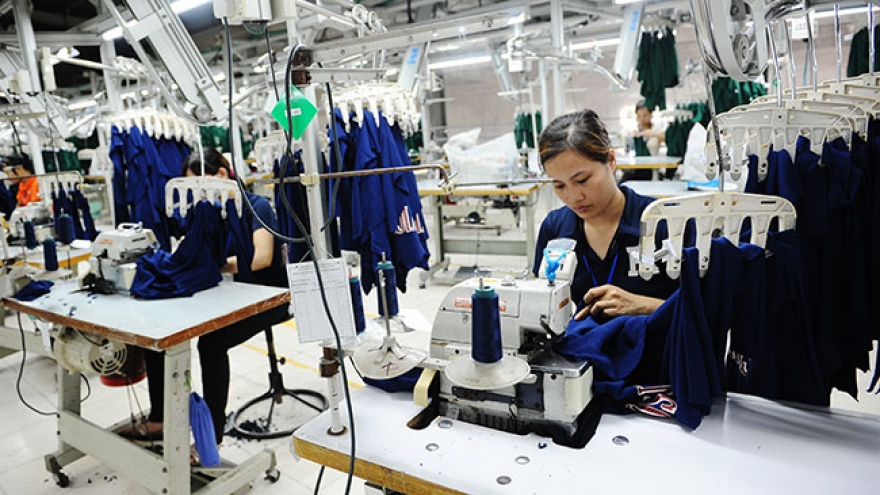Trans-Pacific Partnership officially sealed
Economic ministers from 12 member nations signed the Trans-Pacific Partnership (TPP) agreement in Auckland, New Zealand on the morning of February 4.
The TPP will help liberalise trade across the region and bring benefits to all members, he said.
US President Barack Obama also welcomed the signing of the pact.
Member states now have two years to complete domestic work for TPP ratification. The pact will take effect when ratified by parliaments of least six signatory countries, who comprise a minimum of 85 percent of all members’ overall GDP. This means that the two biggest economies – the US and Japan – must be among these six members.
 |
The pact aims to break down trade and investment barriers between these countries of 800 million people , which constitute 30 percent of global trade and about 40 percent of the world’s economy .
TPP negotiations began in March 2010 and concluded in October 2015 after 19 rounds. The full-text of the deal was released a month later. Most contents of the agreement have remained unchanged by members apart from some technical aspects.
Vietnam is expected to gain significant benefit from the TPP as the pact is projected to help expand the country’s GDP by US$23.5 billion by 2020 and US$33.5 billion by 2025. Domestic sectors producing apparel, footwear and timber will be among the beneficiaries. However, challenges stemming from local economic scale and quality compared to other members are likely to pose a problem.


